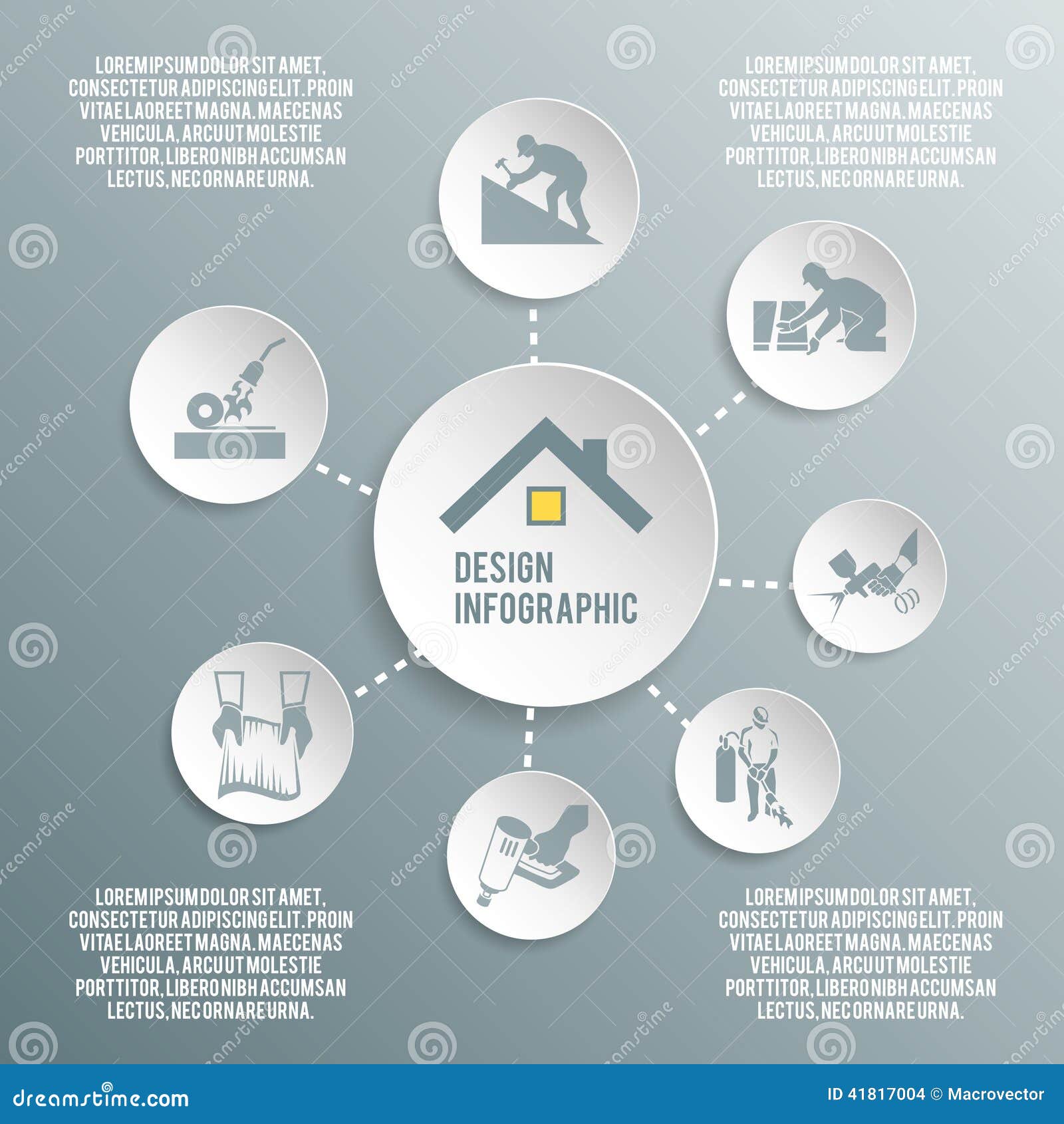How Weather Condition Affects Roofing System Installment: Best Seasons And Conditions For A Successful Work
How Weather Condition Affects Roofing System Installment: Best Seasons And Conditions For A Successful Work
Blog Article
Web Content Written By-Bennett Timm
When it comes to roofing installations, the climate can make or damage the task. Visualize the stress of managing materials that will not work together due to extreme heat or fighting unsafe surfaces brought on by unanticipated rainfall. Comprehending https://www.sun-sentinel.com/business/fl-bz-insurers-dislike-boca-raton-bowl-title-sponsorship-roofclaimcom-20201210-pxda5hgylvdffpbmlpe4lwgpq4-story.html of climate condition on your roofing project is essential for an effective outcome. So, let's explore just how different weather components can influence the top quality and durability of your roofing installment, guaranteeing a job well done.
Influence of Temperature Level on Roof Covering Setup
When it concerns roof covering setup, temperature plays a critical function while doing so. The perfect temperature for roofing tasks typically drops in between 45 and 85 degrees Fahrenheit. Extreme warm can trigger materials like tiles to end up being also flexible, leading to potential damages throughout setup. On the other hand, cold temperature levels can make materials breakable and vulnerable to splitting. It is necessary to arrange roof installments during moderate temperature levels to guarantee the best outcome.
Throughout cooler weather, professionals might need to take added precautions such as utilizing heated equipment or permitting products to heat up prior to setup.
On the other hand, hot weather may require job to be done previously or later on in the day to prevent the peak temperatures. By considering click over here and its impacts on roof products, you can help make sure a successful installation that will hold up against the elements for several years to come.
Impact of Precipitation on Roof Covering Projects
Roofing tasks can be considerably influenced by precipitation, influencing both the timeline and the high quality of the installment. Rainfall or snow can create slippery problems, making it harmful for roofers to work with a damp surface. In addition, wetness can compromise the adhesion of materials like shingles or underlayment, leading to potential leakages or problems in the future.
If it rains throughout a roof covering task, the water can seep right into at risk locations, triggering delays as the installment crew need to wait for the roofing to dry before proceeding. Too much wetness can likewise promote the development of mold and mold, additional endangering the integrity of the roof.
To prevent these concerns, it's recommended to set up roofing tasks during drier seasons or monitor the weather prediction closely to prepare around any type of potential rainstorms. By taking preventative measures to work in desirable weather, you can guarantee a smoother and more effective roof covering setup process.
Influence of Wind Speed on Setup Success
During roofing setup, the speed of the wind plays a vital function in identifying the success of the job. High wind rates can position substantial obstacles to contractors, possibly causing security threats and top quality issues. When wind speeds go beyond recommended limits, it ends up being tough to deal with products, raising the danger of crashes and damages to the roof covering products. Solid gusts can additionally impact the accuracy of dimensions and the accuracy needed for correct installment.
To make sure an effective roof covering setup, it's necessary to keep an eye on and take into consideration wind speeds. Ideally, roof covering installation should occur on days with reduced to moderate wind rates. This not just enhances the safety and security of the workers however additionally enhances the total top quality of the setup.
Roof covering projects scheduled throughout tranquil weather are more probable to be finished successfully and with fewer mistakes. By taking notice of wind rate projections and planning appropriately, you can help make sure a smooth and effective roofing system setup procedure.
Conclusion
So, when it pertains to roofing installation, keep in mind to take into consideration the weather conditions to make sure an effective task. Ideal temperatures, completely dry conditions, and modest wind speeds are key aspects to focus on for a smooth setup procedure. By scheduling your project throughout the most effective periods and perfect climate condition, you can achieve a resilient and long-lasting roofing system that will protect your home for many years ahead.
